
|
Philippines, 24 Dec 2025 |
Home >> News |
 |
||||
|
|
|
|
Champion Forever: A Century On, ‘The City By The Bay’ Honors Francisco Guilledo By Emmanuel Rivera, RRT PhilBoxing.com Tue, 15 Jul 2025 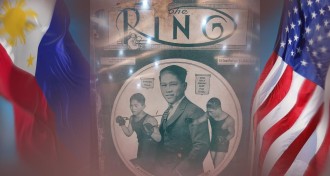 July 14, 2025, San Francisco, California --- Every ship that crossed the Pacific from the Philippines to San Francisco— long before and long after the iconic bridge— entered the city the same way…through the Golden Gate Strait. In April 2,1923, the S.S. Wenatchee sailed from Pier 7 in Manila, across the Pacific Ocean and through that strait and into history. Onboard was a young man the world would soon crown— Francisco “Pedro” Tingson, better known in the ring as Pancho Villa. He traveled with fellow fighter Elino Flores, and on his immigration form, he listed 668 Echague, Manila as home. In the Bay Area, his manager Frank Churchill gave their local address as 1028 Market Street, San Francisco. Upstairs from that address was Solomon Levinson’s glove factory— where fists were fitted, dreams were laced, and reputations were stitched one pair at a time. 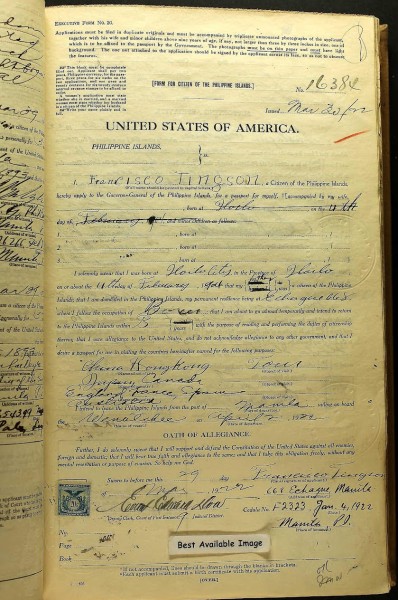
Source: National Archives and Records Administration (NARA); Washington D.C.; NARA Series: U.S. Passport Applications, Hawaii, Puerto Rico and Philippines, 1907-1925; Volume #: Volume 49: Passport Applications- Philippine Islands The neighborhood south of Market Street met him without applause. It didn’t make him— but it gave him shelter. Pancho Villa never fought in San Francisco, but he trained here. He shadowboxed above storefronts, jogged past streetcars and cable cars, moved through the morning fog like a man chasing something only he could see. In 1923, he likely sat in the upper rows of the Civic Auditorium, eyes steady beneath the lights, studying the way other men rose and fell. His final residence would be just up the street— at the Whitcomb Hotel, Market Street’s weathered cathedral, where men in gray suits, journeymen and champions crossed paths in silence. 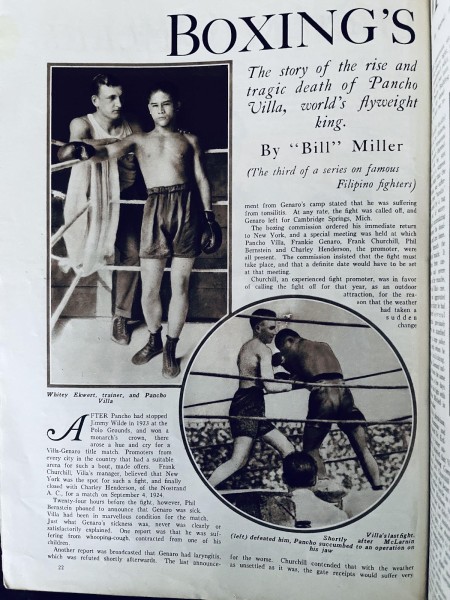
Source: Boxing’s Mosquito Fleet, by William “Bill” Miller (The Ring, JUNE, Vol. XI, No. 5) The Final Bout July 4, 1925 – Emeryville, California That summer, Pancho Villa, now aka Francisco Guilledo, fought at Oaks Ball Park in Emeryville, just across the Bay. His jaw was swollen from a wisdom tooth extraction. He couldn’t eat. He was running a fever. His manager, Frank Churchill, begged him to cancel the bout. “I beat heem easy, Pop,” Villa said. He would not back out. He faced Jimmy McLarnin, a fierce, up-and-coming Irish-Canadian welterweight who outweighed Villa and was fighting close to home. Despite the pain, Villa boxed smart. He jabbed, covered the right side of his jaw, and refused to brawl. Reporters from San Francisco Newspapers— The Bulletin, The Call, and The Chronicle said Villa did enough to win. But when the final bell rang, the referee and sole judge Bobby Johnson gave the fight decision to McLarnin. Villa didn’t argue. He raised no fist. He walked away quietly. (Source: Boxing’s Mosquito Fleet, by William “Bill” Miller (The Ring, JUNE, Vol. XI, No. 5) 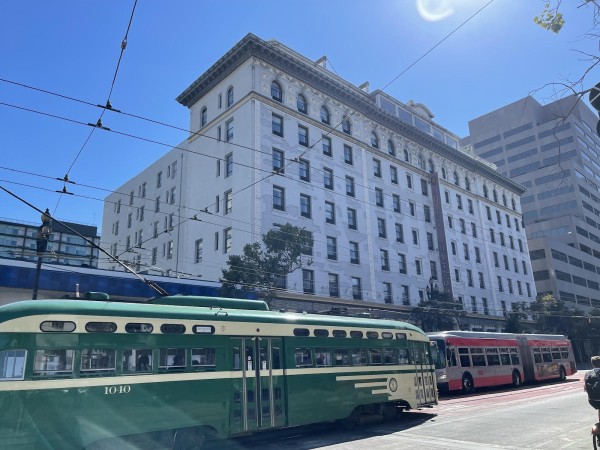
Photo: Whitcomb Hotel, Market Street, San Francisco, April 2025 Ten Days Later – July 14, 1925 Villa returned to the Whitcomb Hotel. For days, he played his ukulele. Entertained friends. Smiled through it. Ignored the pain. On July 7, he had three more wisdom teeth extracted. The dentist warned him: rest, no alcohol, return tomorrow. He didn’t listen. That night, the music resumed. The pain worsened. By July 13, he was visibly ill. A telegram arrived from Manila— his wife, Gliceria, had given birth to a son. Whitey Eckwert, his trainer, carried the message to Villa’s door. “I’m busy now. Push it under the door,” Villa said. He never left that room again. The infection had spread— Ludwig’s angina, a severe sepsis, had taken hold. He was rushed to St. Mary’s Hospital. On July 14, 1925 at 11:00 a.m., Pancho Villa died on the operating table. He was no longer just Pedro Tingson. Nor simply Francisco Guilledo. He died as the world knew him— Pancho Villa. A champion to the end. And in memory, still undefeated. (Source: The Ring, JUNE, Vol. XI, No. 5) 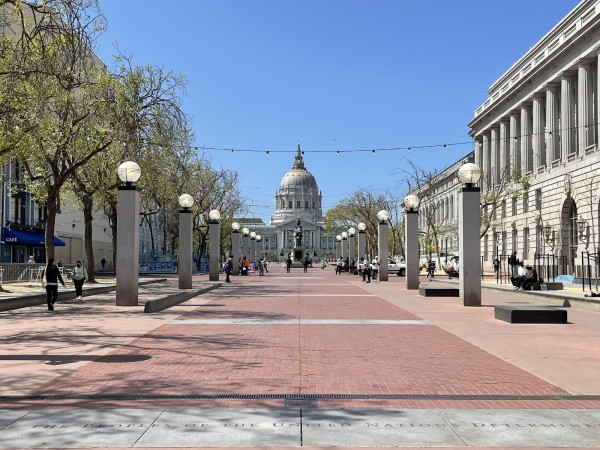
San Francisco: The Filipino Fighters’ Second Home Before and after Pancho Villa’s reign, south of Market Street was the proving ground. Eustaquio “Eddie” Duarte fought at Dreamland Rink. So did Francisco “Cowboy” Reyes, who fought for recognition and rent. Same with Maximiano “Macario” Villon who trained in forgotten gyms. The streets of San Francisco asked no questions. It gave room to rise. 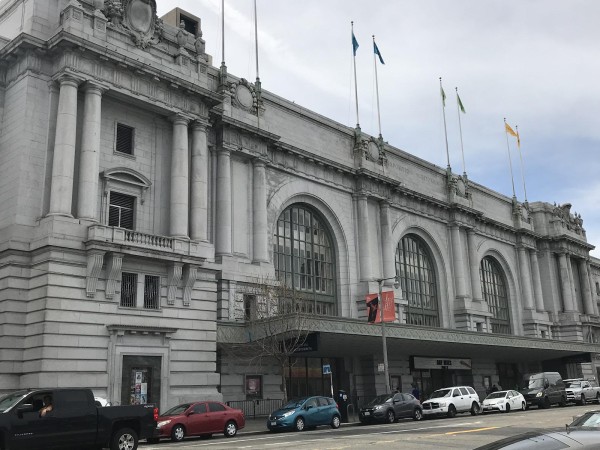
Photo: Bill Graham Civic Auditorium, San Francisco, April 2025 Bill Graham Civic Auditorium: The Civic’s Sacred Ring On June 17, 1940, Little Dado and Little Pancho— Filipino warriors from Negros Occidental in the Philippines— fought at the Civic Auditorium on 99 Grove Street. The match ended in a draw, but the crowd knew what it had seen. It was more than boxing. It was Filipino pride in the flesh. In 2001, Manny Pacquiao fought Agapito Sanchez in that same ring. I stood there— with Tom Macasaet and Rudy Teodosio— watching history fold itself into a new shape. Decades later on one winter day in January 2025, I stood with Mr. Dong Secuya, my esteemed editor and founder of the greatest boxing site PhilBoxing.com, outside the Bill Graham Civic Auditorium. He paused. Looked down Market Street. Then said: “Market Street must have been San Francisco’s version of Avenida Rizal.” He was right. Just as Avenida Rizal led to the Olympic Stadium in Manila, Market Street led to Dreamland, to the Civic, to everything we were becoming. Stewart Tait, before he was a promoter, once sat in a Market Street nickelodeon gallery, watching silent reels of Dempsey, Leonard, Corbett. That reel became a dream. He brought it home. He and Churchill built the Olympic Stadium. And then they returned— through the Golden Gate— with fighters named Pancho Villa and Elino Flores. It began on Market Street— stretching from the southern edge to the northern bend, touching every shadowed doorway in between. Then it crossed the Pacific to Avenida Rizal, where the dream took root under Manila’s moonlight, only to return— years later— to Market Street, where the ghosts still walk. From the chalk-lined boards of Dreamland Rink to the soaring rafters of the Civic Auditorium. From San Francisco to Manila and back again through the Golden Gate Strait. The streets of San Francisco have not forgotten. They remember where it started. They remember who first stepped in. And now, they carry the memory of Francisco Guilledo forward— full circle…our circle. 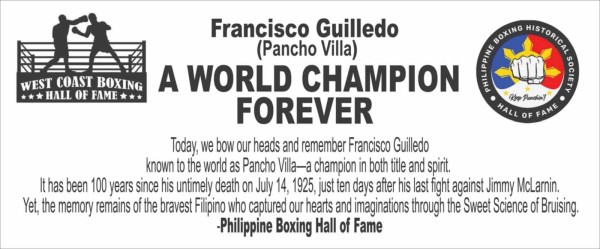
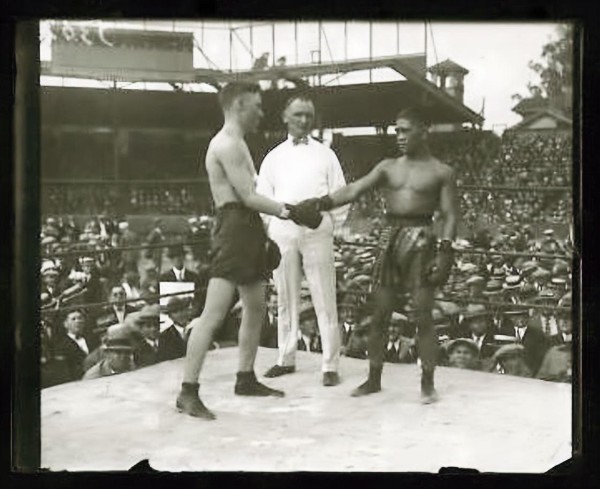
(L-R) Jimmy Mclarnin, referee Bobby Johnson, and Pancho Villa– Oaks Ball Park, Emeryville, California, July 4, 1925 (Public Domain) Sources, Acknowledgements, and Recommended Readings: 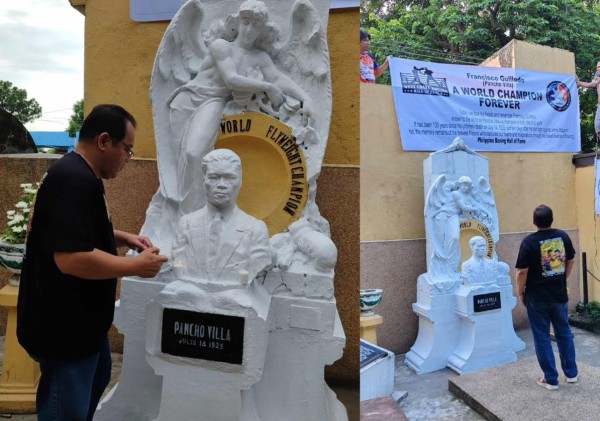
Today, July 14, 2025, marks one hundred years since the passing of Pancho Villa— our world champion forever. On behalf of your fellow boxing fans at PhilBoxing.com, Rick Farris and the West Coast Boxing Hall of Fame, and Rodolfo “Jun” Aquino— who quietly and lovingly restored the grave of Francisco Guilledo— we say: Mabuhay. Salamat. Long Live the Memory. And Thank You. • Banner photo(s) courtesy of Kyle and Jun Aquino • National Archives and Records Administration (NARA); Washington D.C.; NARA Series: U.S. Passport Applications, Hawaii, Puerto Rico and Philippines, 1907-1925; Volume #: Volume 49: Passport Applications- Philippine Islands • Boxing’s Mosquito Fleet, by William “Bill” Miller (The Ring, JUNE, Vol. XI, No. 5) • All photos and references in this article are properly attributed and comply with the U.S. Fair Use Doctrine. Click here to view a list of other articles written by Emmanuel Rivera, RRT. |
|
|
PhilBoxing.com has been created to support every aspiring Filipino boxer and the Philippine boxing scene in general. Please send comments to feedback@philboxing.com |
PRIVATE POLICY | LEGAL DISCLAIMER
developed and maintained by dong secuya © 2025 philboxing.com. |